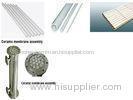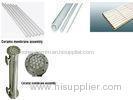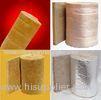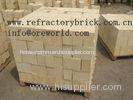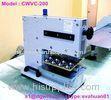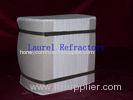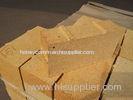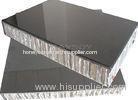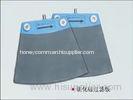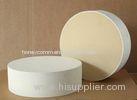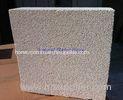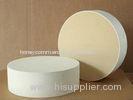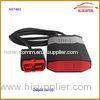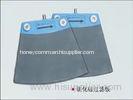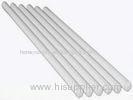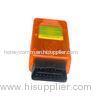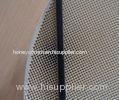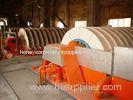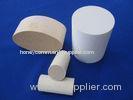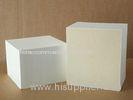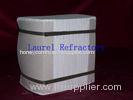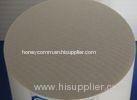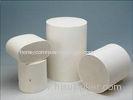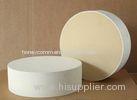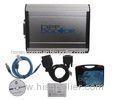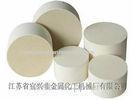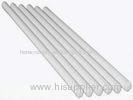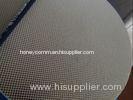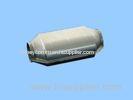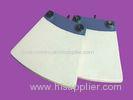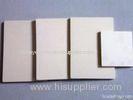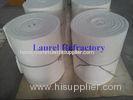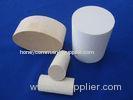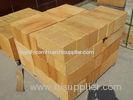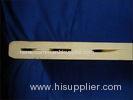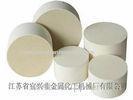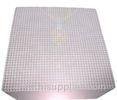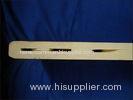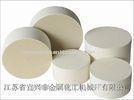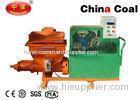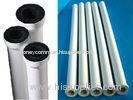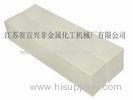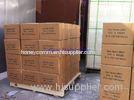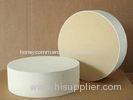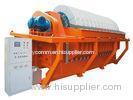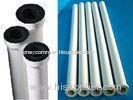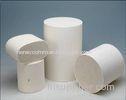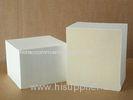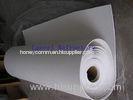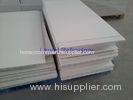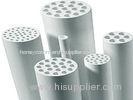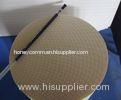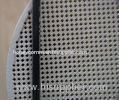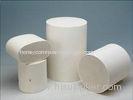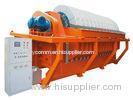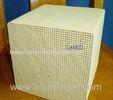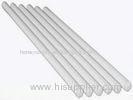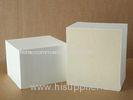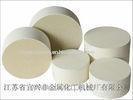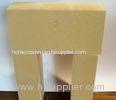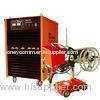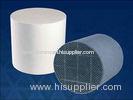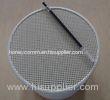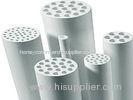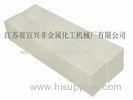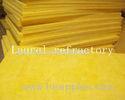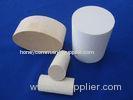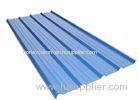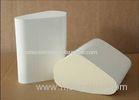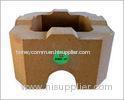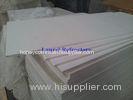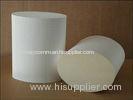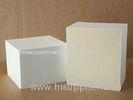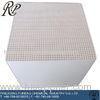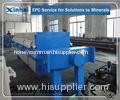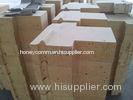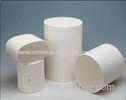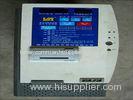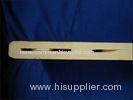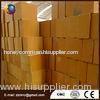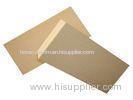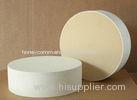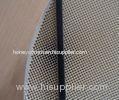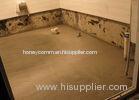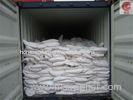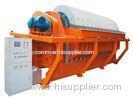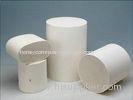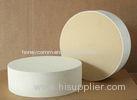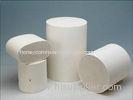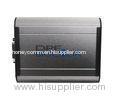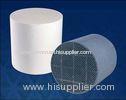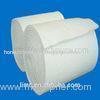DPF Diesel Particulate Filter
| Place of Origin: | Zhejiang, China (Mainland) |
|
|
|
| Add to My Favorites | |
| HiSupplier Escrow |
Product Detail
With increasing appearance of diesel engine automobile, the particulate from emission, mainly carbon, enhances
With increasing appearance of diesel engine automobile, the particulate from emission, mainly carbon, enhances the pollution to the environment.Regulation for diesel engine, stipulating the particulate in diesel passenger cars emission should meet the criterion: below 2.0g/mile. The diesel particulate filter is able to filter above 80% carbon smoke particulate .For practical application, it would be a great help to solve the problem of air pollution.
If the DPF is coated with precious-metal (such as Pt, Pd and Rh), black smoke with carbon particulate from diesel engine pass through a special tube and enter the filter. The carbon smoke particulate is absorbed to the filter made of metallic fiber felt, when passing the inner dense set and bag-style filter. When particulate absorption reaches some degree, the tail burner would be ignited to burn automatically. In this case, the particulate absorbed been burned out and turned into nontoxic CO2 then discharge. The full device is designed as double room structure, and filtration and recycle are going in different areas, making them non-disturbed. The system can work automatically whatever working condition the engine in. especially made honeycomb ceramic particulate filter, acts as capturing device to the particulate to some extent.
The particulate of emission is captured inside thin gas hole or entrance. As it lasts, the cumulated layer become thick, and pressure loss increase. To ensure the performance of engine, when pressure loss reaches some value, it is a must to recycle the filter. The recycle is making the particulate burning, by raising the gas temperature of filter.
The particulate condition is related to the oxygen concentration. Normally, it is burning at 550-650 .Its adopted to raise emission temperature by adjusting throttle, and increase gas temperature with burner. The particulate burning temperature can be decreased by catalyzed, making cumulative particulate burning as soon as possible, thus recover the pressure loss and fitters performance, then the filter is recycled.
Physical Properties:
Property (uncatalyzed) | 100/17 | 200/12 | |
Cell density | cpsi | 100 | 200 |
cpscm | 15.5 | 31.0 | |
Wall thickness | inch | 0.017 | 0.012 |
mm | 0.432 | 0.305 | |
Open frontal area (OFA), % | 34.5 | 34.5 | |
Geometric surface area (GSA) | Inch2 | 33.3 | 47.0 |
m2/l | 1.31 | 1.85 | |
Hydraulic diameter | Inch | 0.083 | 0.059 |
mm | 2.11 | 1.49 | |
Modulus of rupture (psi/cpscm) | 350 | 300 | |
Porosity (%) | 48 | 48 | |
Coefficient of thermal expansion 102cm/cm/ (20-800) --maximum average | 5 | 5 | |
Mean pore size (micron) | 13 | 13 | |
Melting temperature () | 1460 | 1460 | |
Characteristic
Large and compact area per unit volume
Small pressure loss and excellent capturing performance.
Excellent heat resistance and heat shock resistance.
Related Search
Find more related products in following catalogs on Hisupplier.com

Company Info
Ceramic Substrate Online Market [China (Mainland)]
Business Type:Manufacturer
City: Shenzhen
Province/State: Guangdong
Country/Region: China (Mainland)



